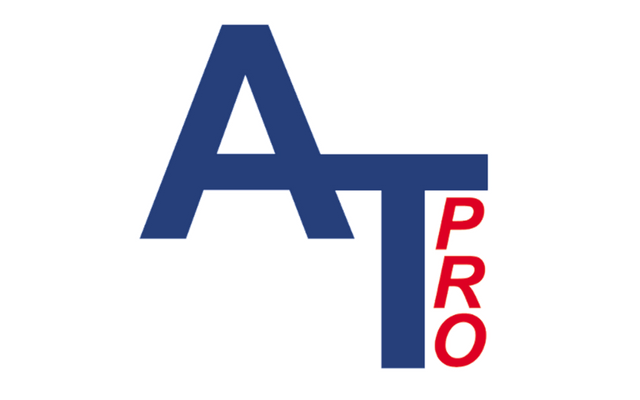Course Type: Public Classroom
Course Number: 10012
Three days of MCA™ (De-Energized) training prepares you to troubleshoot all types or electric motors, coils, and windings. Two and a half days of ESA (Energized) training prepares you to evaluate many types of electric motor systems to improve the reliability and uptime of your plant. This public course is appropriate for both supervisors and technicians. Course materials include Workbook, Motor Circuit Analysis Manual and Pattern Recognition. Breakfast and Lunch are provided each day.
Course Objectives
Upon successful completion of this course students should be able to:
- Identify the components in the winding system; factors that determine Resistance(R), Inductance(L), Capacitance(C), and Impedance(I/F)
- Describe how changes in R, L, Z, and I/F affect the winding system
- Explain the Lenz Law, Ohms Law, and Faraday’s Law
- Use the basic MCA™ instruments to manually measure R, L, Z, Fi and I/F
- List the different types of AC Motors, identify their components and describe the purpose of each component
- Determine Motor Shaft Speed based on Measured Values of Voltage, Current, Nameplate Speed and Rated Power
- List the main types of failures associated with AC Motors
- Describe the various techniques available to identify electrical failures in winding systems
- Explain the various measurements used in MCA™
- Evaluate a motor’s winding condition based on MCA™ measurements
- Explain the process for correcting MCA™ readings caused by “Rotor Position”
- Explain the purpose of the ALL-TEST PRO 31™ (AT31™)and ALL-TEST PRO 5™ (AT5™); and describe their features
- Obtain data from a 3 phase AC motor using the AT31™ and the AT5™ (on the AUTO and manual modes)
- Evaluate the condition of an AC Motor based on the measurements taken with the AT31™ and AT5™
- Demonstrate the ability to enter data and evaluate the condition of an AC Motor using the Condition Calculator™ Software
- Demonstrate the ability to upload data stored in the AT5™ onto the MCA™ software and generate a machinery report
- Explain the 4 Primary Maintenance Philosophies
- Describe the 3 phases of Predictive Maintenance
- List the 6 most common de-energized motor diagnostic techniques and the 5 most common energized diagnostic techniques. Describe the motor fault that each of the techniques identifies.
- Describe the 4 stages of rolling element bearing failure and explain how to determine which stage a defective bearing is in
- Explain the operation of the different types of AC Electric Motors
- Determine Motor Shaft Speed based on Measured Values of Voltage, Current, Nameplate Speed and Rated Power
- Describe how electrical signature analysis (ESA) collects its signal
- Demonstrate how to change the resolution of the high frequency and the low frequency spectrum
- Explain the importance of sidebands in the FFT and discuss their meaning
- Demonstrate how to enter machine information in the ESA Software
- Demonstrate how to verify running speed is correct
- Perform an automatic analysis
- List what mechanical faults can be automatically analyzed with ESA
- Discuss the relationship of Dynamic Load to bearing life
- Discuss the affects of Resonance in a mechanical system and what it will do to the electrical spectrum
- Explain how to determine which gear is at fault when gear problems are diagnosed in the electrical spectrum
- List the motor electrical faults that can be automatically analyzed with ESA
- Define what is meant by pole pass frequency (PPF)
- Evaluate the condition of a squirrel cage rotor using the ESA spectrum and rotor severity
- Explain the difference between Static and Dynamic Eccentricity
- Define what is meant by Stator Electric Faults
- Explain the main purpose of the ALL-TEST PRO Energized II™ (ATPOL II™) and briefly describe it’s features
- Use the ATPOL II™ to obtain data from a 3 phase AC Motor in the Remotely, Locally and Manual Modes
- Demonstrate the ability to upload data stored in the ATPOL II™ into the ESA software and generate a machinery report
Additional Course Information
Technology or Other Requirements: Students attending this course must bring their own laptop. Laptop must have administrative rights to install software. Minimum operating system and software to be installed on the laptop should be Windows XP, with Microsoft Word and Excel 2003. NOTE: WE ARE NOT APPLE or LINUX operating system compatible.
Format: Blended, Self Paced and Instructor Lead Classroom
Assessment Style: Graded Test, Pass/Fail
Cost: $2,295.00, Prices may vary for events held outside the United States and Canada
Duration: 5 Days/34 Instructor Led Hours, 4 Self Paced Hours
CEU Award: ALL-TEST Pro, LLC is authorized by IACET to offer 3.8 CEUs for this program. As an IACET Accredited Provider, ALL-TEST Pro, LLC offers CEUs for its programs that qualify under the ANSI/IACET Standard.
Instructor: William Kruger

